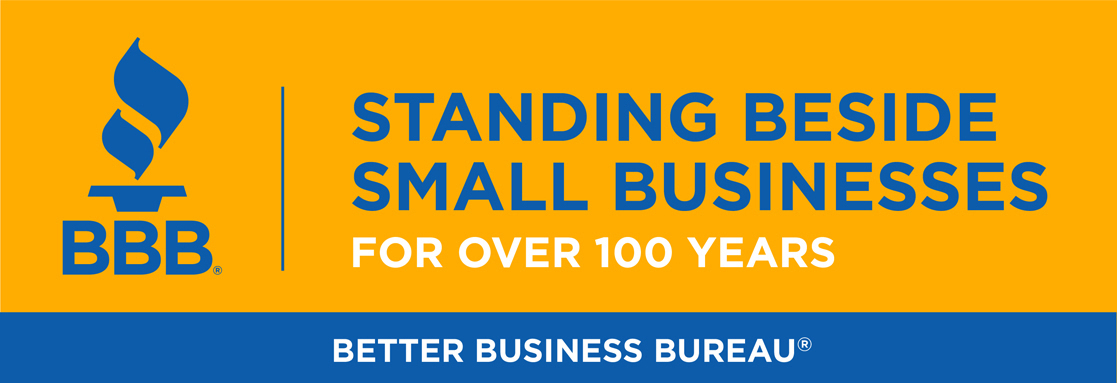Can you recognize AI-made content when you see it? Edited images and videos are nothing new – but generative AI tools are making it faster and easier for people to create text, images and videos from scratch.
Some experts are predicting a wave of AI content in scams as generative AI programs become more popular and accessible. These programs can make very realistic images and videos, and experts in the field are still learning the best ways to spot them.
To spot AI text, images and videos, it helps to start with a healthy sense of skepticism toward anything you see online. Don’t take photos or videos at face value, especially if they make you very emotional or angry, or seem to good to be true.
While tips for spotting AI content will change as technology evolves and improves, BBB recommends keeping an eye out for the following characteristics. If a photo, video or article has several of these, it may be AI-generated.
AI-generated text:
• Look for typos. Normally, typos are red flags for scams – but AI rarely makes typos. If you see them, it’s likely that a human wrote the content.
• Check for incorrect information. Many AI bots are trained on limited data sets and may use out-of-date information.
• Look for repetition. AI may repeat the same keywords and phrases that it learned during training over and over.
• Pay attention to tone. AI writing may have a robotic, formal or emotionless tone, while humans may write more causally or use slang.
• When in doubt, check another source. If you’re not sure what you’re reading is credible, go directly to a source you trust to double check.
AI-generated images:
• Look at the context for red flags. It’s hard to spot fakes, so the most reliable cause for suspicion is often the context in which you see an image. Stop and ask yourself:
• Is the image being used with pressure to take an urgent and questionable action, such as sending money to a stranger?
• Is the context political, and does it seem like someone is trying to make you feel angry or emotional? Is it too funny or too good to be true?
• Is the image of a friend or loved one? If so, don’t respond to any requests that come with it before you contact that person offline to see if it’s a genuine message.
• Zoom in. If you see a surprising photo of a politician or celebrity, look closer. Check for parts of the image that seem to be distorted or interacting in strange ways – for example, a coffee cup floating above a countertop. Pay close attention to accessories like glasses or jewelry.
• Check physical traits. Less sophisticated versions of AI can have a hard time with physical traits, so look for asymmetry in human faces, teeth and hands. Another telltale sign is ears, fingers or feet that are disproportionately sized, or hands with the wrong number of fingers.
• Look for strange or glossy textures. AI images often have textured or strange-looking backgrounds, an airbrushed look or random blurry spots.
• Do a reverse image search. Use a service like Google Images or TinEye to find out where an image has been posted online. This can help you understand its context and origins, which can help you determine if it’s fake.
AI-generated videos and audio:
• Look for strange shadows, blurs or light flickers. In some AI-generated videos, shadows or light may appear to flicker only on the face of the person speaking or only in the background.
• Check for unnatural body language. Just like in photos, AI can have a hard time replicating actual humans in video. Look for body language that feels off – for example, if a person in a video isn’t blinking or is moving oddly.
• Listen closely. Choppy sentences, confusing inflection or background sounds that don’t match the speaker’s location are all dead giveaways.
• Double check messages from loved ones. If you receive an odd video or phone call from a loved one, contact that person offline. Some scammers use AI-generated phone calls to impersonate people.




Facebook Comments